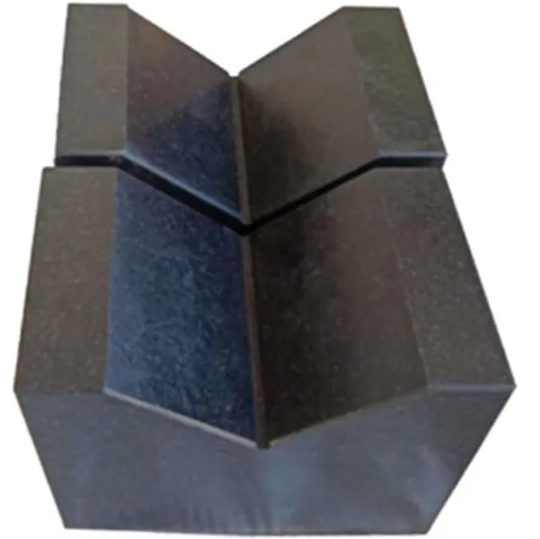Dic . 26, 2024 02:22 Back to list
check valve types
Understanding Check Valve Types A Comprehensive Guide
Check valves, also known as one-way valves, are crucial components in many fluid systems. They are designed to allow fluid to flow in one direction while preventing backflow, thus ensuring the smooth operation of various processes. The importance of check valves cannot be overstated, as they help maintain system integrity and prevent potential damage caused by reversed flow. In this article, we will explore the different types of check valves, their applications, and factors to consider when selecting the right type for a specific system.
Types of Check Valves
1. Swing Check Valve The swing check valve features a disc or door that swings on a hinge or pivot. When the fluid flows in the designated direction, the disc opens, allowing passage. If the flow reverses, the disc swings back to a closed position, preventing backflow. This type of valve is often used in systems where pressure changes are minimal, such as water supply systems and sewage treatment plants.
2. Lift Check Valve Lift check valves operate on a different principle. Instead of swinging, the disc in a lift check valve moves vertically to open or close. When fluid flows, the disc is lifted off its seat, allowing flow. When backflow occurs, the disc falls back, sealing the valve. Lift check valves are commonly used in high-pressure applications, such as steam lines and high-rise building plumbing systems.
3. Ball Check Valve As the name suggests, the ball check valve uses a spherical ball as its closure mechanism. The ball sits in the valve body and is held against a seat by gravity or fluid pressure. When fluid flows in the correct direction, the ball is pushed away from the seat, allowing flow. In reverse flow conditions, the ball seals the valve. This type is particularly useful in pumping systems, where reliable operation is critical.
4. Diaphragm Check Valve Diaphragm check valves use a flexible diaphragm that opens or closes based on fluid pressure. When fluid flows in the proper direction, the pressure pushes the diaphragm up, allowing passage. If backflow occurs, the diaphragm is pressed against the valve seat, preventing any reverse flow. Diaphragm check valves are ideal for applications involving slurries, viscous fluids, or where cross-contamination must be minimized.
5. Foot Check Valve Foot check valves are a subtype of check valves installed at the bottom of a pipeline. They are used primarily in pump suction lines to prevent backflow when the pump is off. Foot valves typically include a strainer to prevent debris from entering the pipeline. These valves are essential in maintaining prime in various pumping applications, particularly in water wells and drainage systems.
Selecting the Right Check Valve
check valve types

When choosing the appropriate check valve for an application, several factors must be considered
- Fluid Type The chemical and physical properties of the fluid can impact the valve's material selection. Corrosive fluids may require valves made of specific metals or polymers to avoid degradation.
- Temperature and Pressure Assessing the operating temperature and pressure is critical. Different check valve designs have varying pressure and temperature ratings, which must align with system requirements.
- Flow Rate The flow rate of the fluid plays a vital role in the sizing of the valve. A valve that is too small can lead to excessive pressure drops, while a valve that is too large may not provide adequate sealing against backflow.
- Installation Orientation Some check valves, such as lift check valves, have specific orientation requirements during installation. Ensure that the selected valve can be installed in the desired orientation for optimal performance.
- Service Conditions Consider the service conditions, such as the potential for vibration or shock, which could impact valve performance and longevity.
Conclusion
Check valves are essential components in many industrial and commercial applications, providing reliability and protection against backflow. Understanding the various types of check valves is crucial for selecting the right one for specific applications. By considering factors such as fluid type, pressure, flow rate, and service conditions, engineers and maintenance professionals can make informed decisions that ensure system efficiency and longevity. Whether working with swing, lift, ball, diaphragm, or foot check valves, a thorough understanding of these components will lead to better system design and operation.
-
Precision Manufacturing with Advanced Spline Gauge DesignNewsJul.31,2025
-
Industrial-Grade Calibrated Pin Gauges for Exact MeasurementsNewsJul.31,2025
-
Industrial Filtration Systems Depend on Quality Filter DN50 SolutionsNewsJul.31,2025
-
High-Performance Gate Valve WholesaleNewsJul.31,2025
-
Granite Surface Plate The Ultimate Solution for Precision MeasurementNewsJul.31,2025
-
Granite Industrial Tools The Ultimate Guide for Bulk BuyersNewsJul.31,2025
Related PRODUCTS









